
How to Use Modulo Sensor ORP: Examples, Pinouts, and Specs
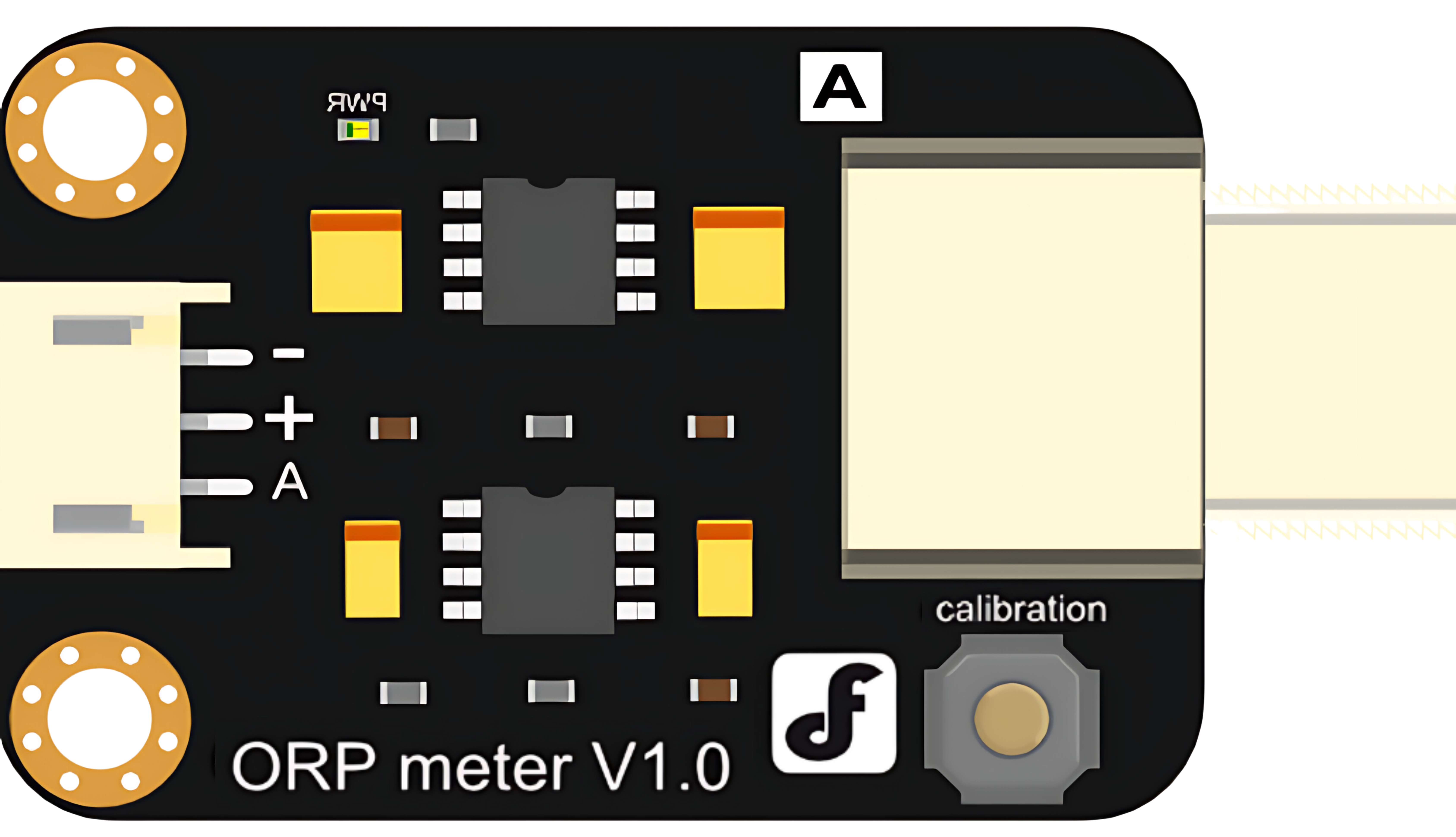
 Design with Modulo Sensor ORP in Cirkit Designer
Design with Modulo Sensor ORP in Cirkit DesignerIntroduction
The Modulo Sensor ORP (Oxidation-Reduction Potential) is an electronic device designed to measure the ORP level in aqueous solutions. ORP is a measure of the cleanliness of the water and its ability to break down contaminants. It indicates the degree to which a substance is capable of oxidizing or reducing another substance. ORP is measured in millivolts (mV) and can provide valuable information for applications such as monitoring aquarium water quality, managing swimming pool chemistry, and controlling processes in wastewater treatment plants.
Explore Projects Built with Modulo Sensor ORP
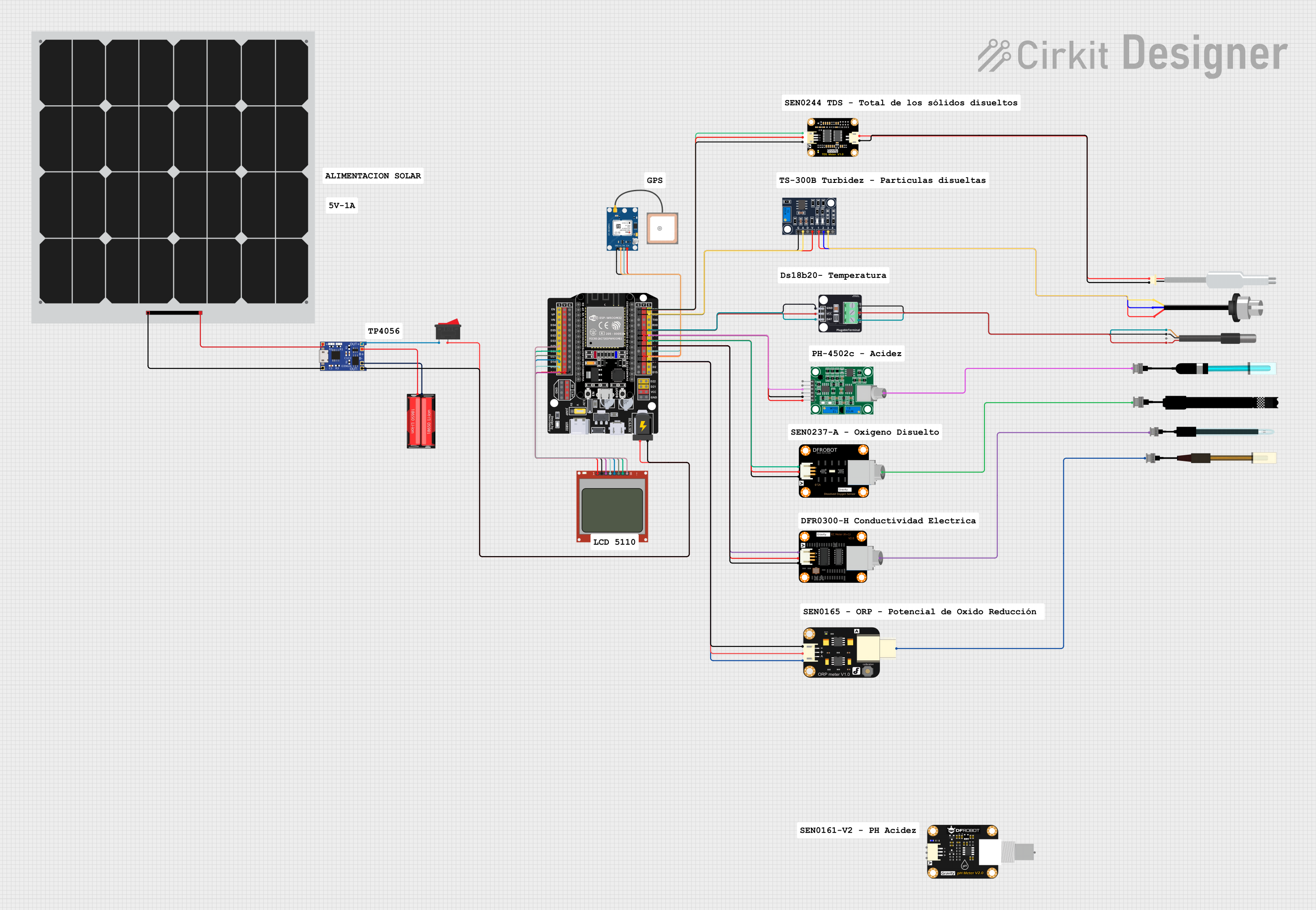
 Open Project in Cirkit Designer
Open Project in Cirkit Designer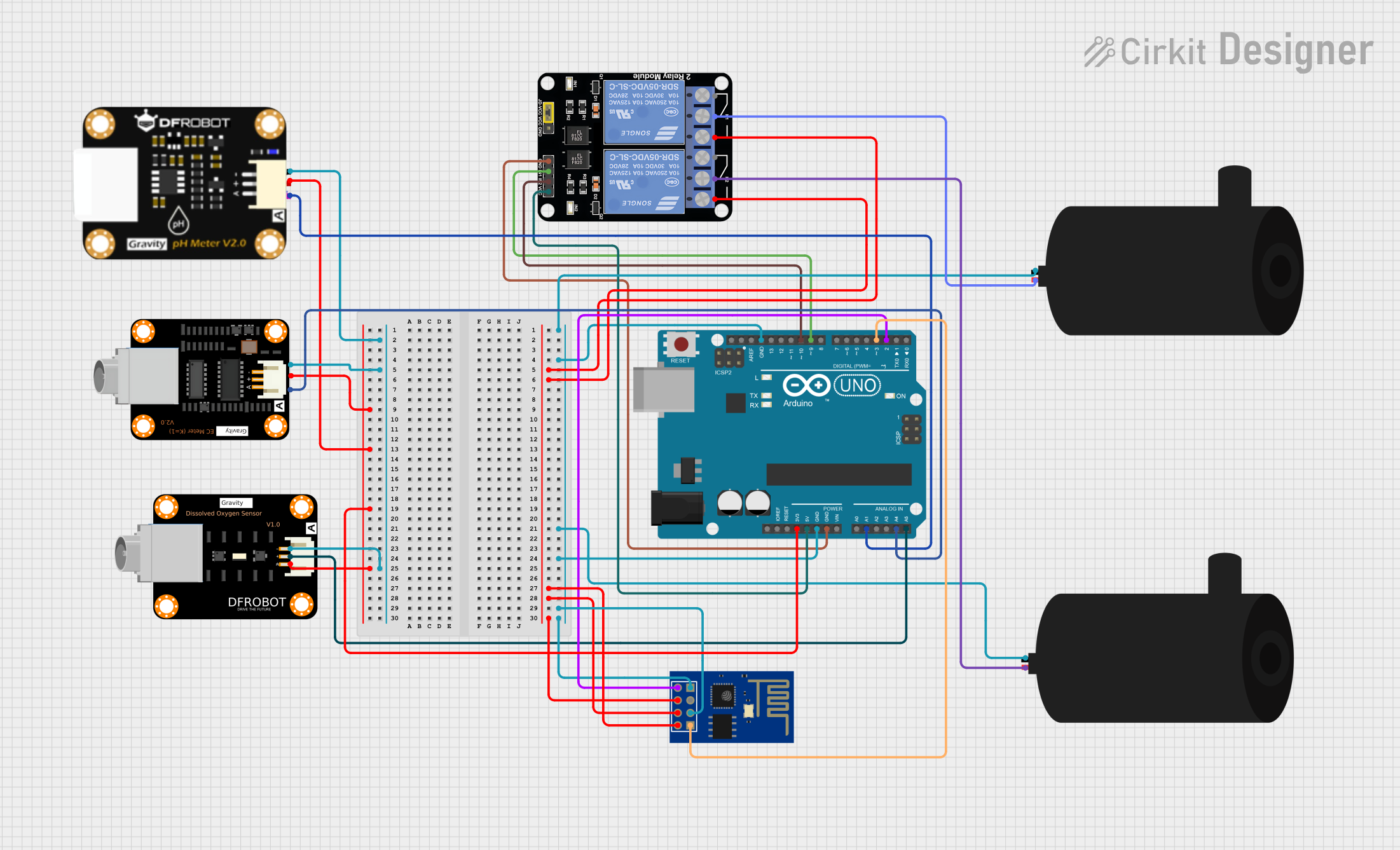
 Open Project in Cirkit Designer
Open Project in Cirkit Designer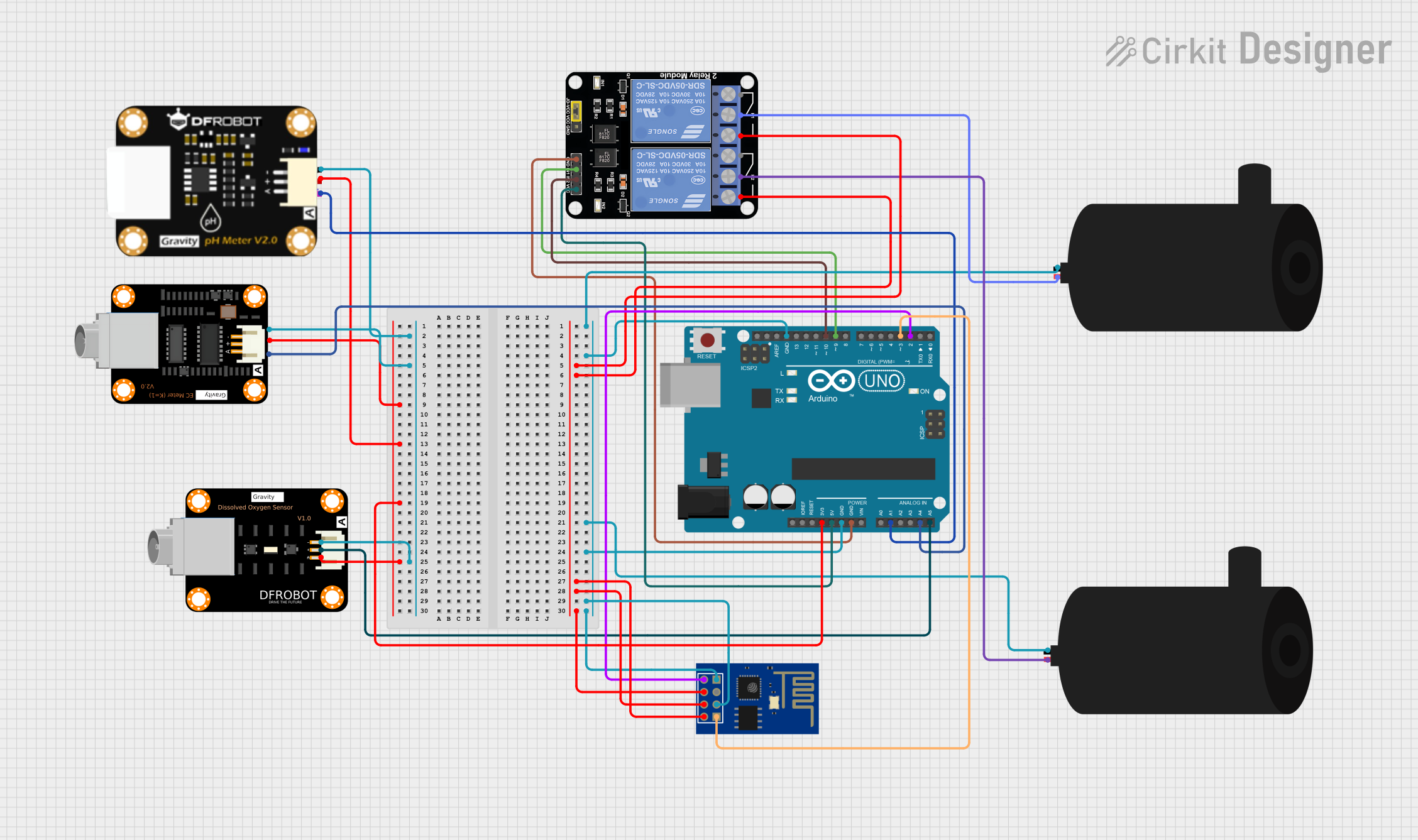
 Open Project in Cirkit Designer
Open Project in Cirkit Designer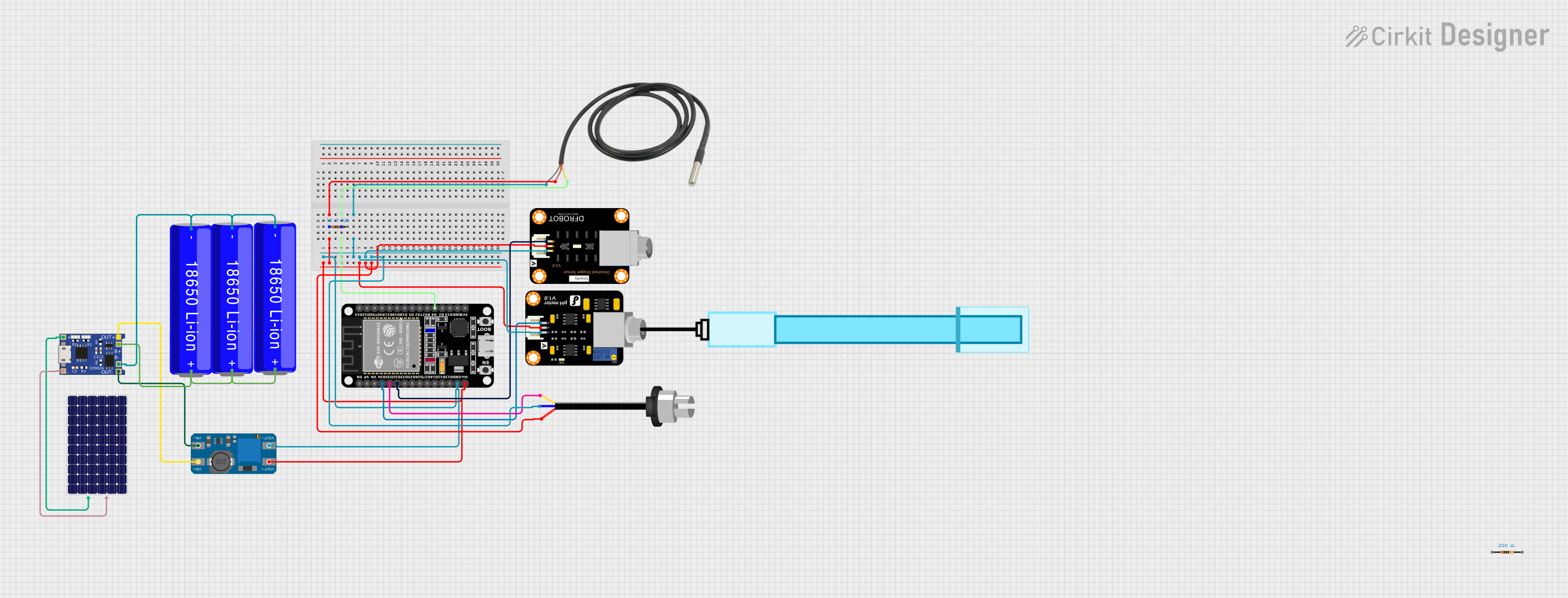
 Open Project in Cirkit Designer
Open Project in Cirkit DesignerExplore Projects Built with Modulo Sensor ORP

 Open Project in Cirkit Designer
Open Project in Cirkit Designer
 Open Project in Cirkit Designer
Open Project in Cirkit Designer
 Open Project in Cirkit Designer
Open Project in Cirkit Designer
 Open Project in Cirkit Designer
Open Project in Cirkit DesignerTechnical Specifications
Key Technical Details
- Measurement Range: -999mV to +999mV
- Accuracy: ±5mV
- Response Time: Less than 5 seconds
- Operating Temperature: 0°C to 50°C
- Supply Voltage: 5V DC
- Output Signal: Analog (0-5V)
Pin Configuration and Descriptions
| Pin Number | Name | Description |
|---|---|---|
| 1 | GND | Ground connection for power and signal reference |
| 2 | V+ | Supply voltage (5V DC) |
| 3 | SIG | Analog signal output proportional to ORP value |
Usage Instructions
Integration with a Circuit
To use the Modulo Sensor ORP in a circuit, follow these steps:
- Connect the GND pin to the ground of your power supply and microcontroller.
- Connect the V+ pin to a 5V output from your power supply.
- Connect the SIG pin to an analog input on your microcontroller.
Important Considerations and Best Practices
- Ensure that the sensor is calibrated regularly using a standard ORP solution to maintain accuracy.
- Avoid exposing the sensor to extreme temperatures or direct sunlight, as this can affect its performance.
- Keep the sensor's probe clean and free from contaminants.
- Do not exceed the recommended voltage as it may damage the sensor.
Example Code for Arduino UNO
// Define the analog pin connected to the ORP sensor
const int orpSensorPin = A0;
void setup() {
// Initialize serial communication at 9600 baud rate
Serial.begin(9600);
}
void loop() {
// Read the analog value from the ORP sensor
int sensorValue = analogRead(orpSensorPin);
// Convert the analog value to ORP in mV (assuming a linear relationship)
float orpValue = (sensorValue * 5.0 / 1023.0 - 2.5) * 1000;
// Print the ORP value to the serial monitor
Serial.print("ORP Value: ");
Serial.print(orpValue);
Serial.println(" mV");
// Wait for a second before reading again
delay(1000);
}
Troubleshooting and FAQs
Common Issues
- Inaccurate Readings: If the sensor provides inconsistent or inaccurate readings, recalibrate the sensor using a standard ORP solution.
- No Output Signal: Ensure all connections are secure and the sensor is receiving the correct supply voltage.
- Drifting Readings: If readings drift over time, clean the sensor probe and check for any signs of wear or damage.
Solutions and Tips
- Calibration: Perform calibration in the environment where the sensor will be used for the most accurate results.
- Cleaning: Use a soft brush and distilled water to gently clean the sensor probe.
- Storage: When not in use, store the sensor in a clean, dry place with the protective cap on the probe.
FAQs
Q: How often should I calibrate the ORP sensor? A: Calibration frequency depends on usage, but it is generally recommended to calibrate the sensor every month or after any major change in the application environment.
Q: Can the ORP sensor be used in saltwater applications? A: Yes, the Modulo Sensor ORP is suitable for use in both freshwater and saltwater applications.
Q: What is the lifespan of the ORP sensor? A: With proper maintenance and regular calibration, the ORP sensor can last for several years, although the exact lifespan will depend on the specific conditions of use.